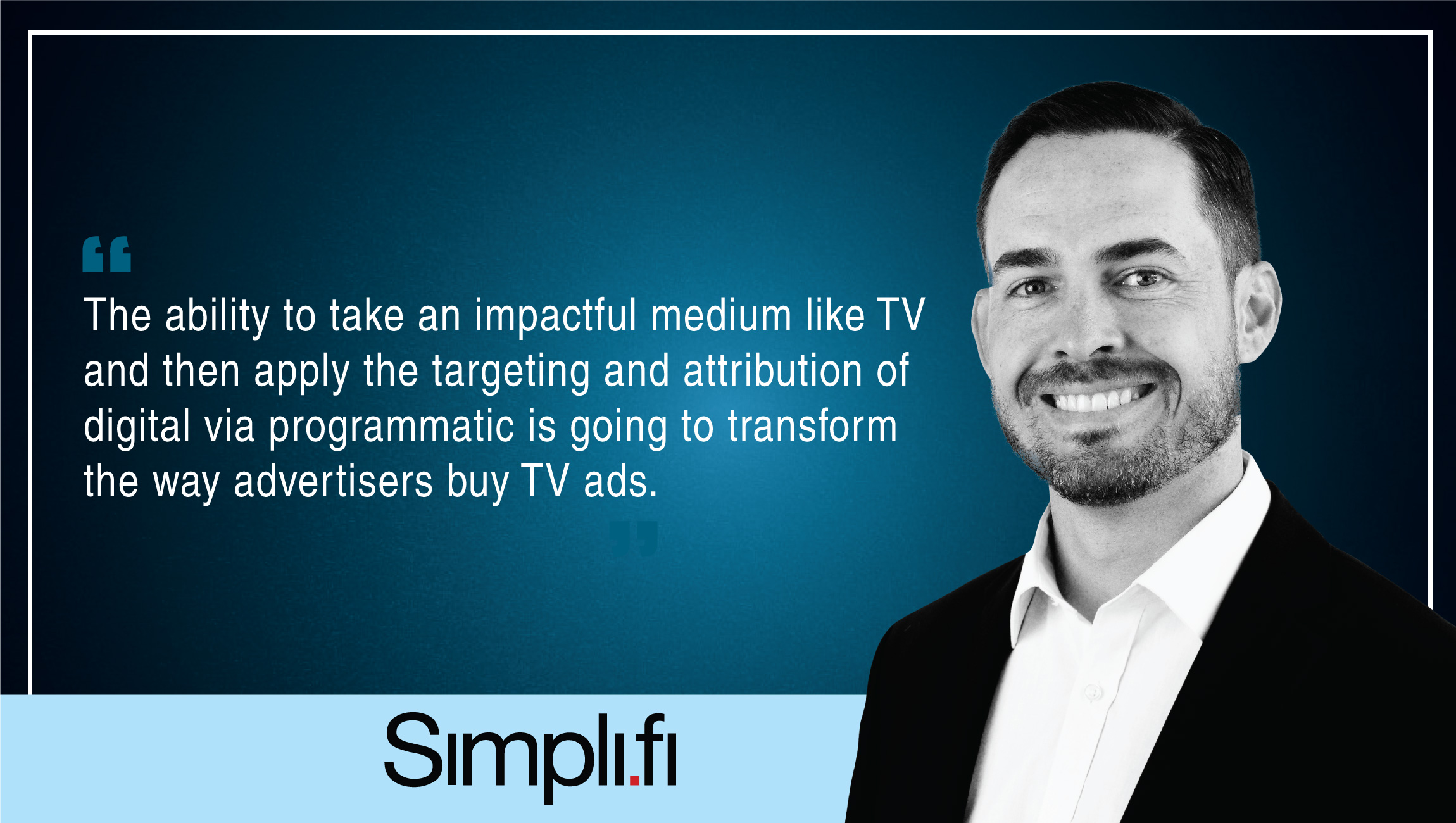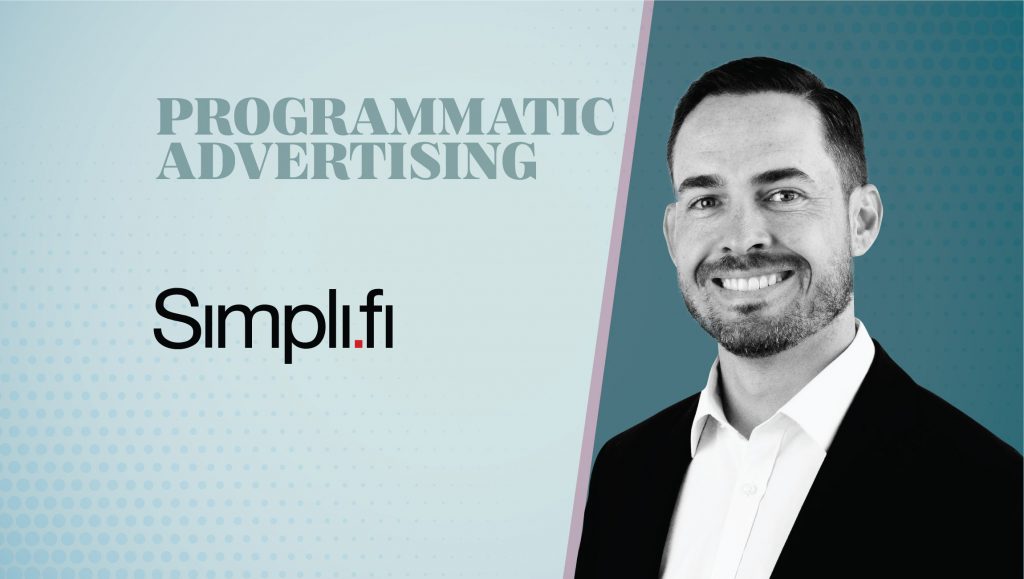
What is the current definition of Programmatic Advertising?
I think this depends on who you are talking to, but the basic definition is an automated method for buying advertising impressions via RTB (real-time bidding). This is in contrast to traditional direct advertising buy with a publisher.
How do Programmatic Advertisers treat branding and mobile advertising?
Over the past few years, there has been a big shift toward mobile Programmatic Advertising. The saturation of smartphones and our growing use of them has made mobile advertising a must for any brand. We’re seeing more mobile inventory available than desktop, which shows that mobile is where the consumers are spending their time and focus. If you couple that with the location data available via smart phones, the targeting is more effective and you have a larger opportunity to reach the users with mobile advertising. The last piece to the mobile puzzle is the improvements in attribution. Now, we can attribute the success of a digital campaign by tracking offline physical visits to a location. This is helping advertisers close the loop and prove out ROI on their programmatic buys.
How is Simpli.fi transforming the way modern brands do Programmatic Advertising?
Simpli.fi is giving advertisers an unprecedented ability to execute programmatic campaigns at the individual data element level. This gives them the flexibility to localize budgets to further personalize and target their advertising, resulting in better performance and cost-efficiency. This also allows advertisers the ability to not have to sacrifice precision to achieve scale. Couple that with fully transparent reporting and attribution.
How have Simpli.fi’s Technologies evolved in the last 2 years?
There have been a few growth areas for our technology recently. The first being the capabilities in our mobile Geo-Fencing product to include Addressable targeting (i.e. being able to target individual addresses of households or businesses). We use actual GPS data and plat line information to ensure precision and accuracy vs. the legacy IP targeting approach. The second would be our Geo-Conversion Lift reporting. In other words, the ability to measure the increase in physical traffic to a location as a direct result of being served an ad. This is an invaluable tool for advertisers to show ROI on their digital ad spend. And the third is our OTT/CTV offering. We have the industry-leading ability to target OTT/CTV audiences in three distinct ways: Addressable, Demographic, and Behavioral, and report on them.
What makes Simpli.fi different from other AdTech companies?
The core difference is our technology. Simpli.fi was purpose-built to solve the challenges of using segmented data, including targeting, reporting, and overall campaign performance.
Simpli.fi doesn’t use audience segments. We use individual data elements like location, contextual content, keywords searched, browsing behavior, and more in an unstructured format to target, bid, optimize, and report across mobile, OTT/CTV, display, video, and native.
And because we target audiences in real-time, our audiences are dynamic. As you learn more about what works and what doesn’t, your audience evolves with your campaign. This allows you to optimize mid-flight to maximize effectiveness and efficiency while gaining deep audience insights to further inform your marketing efforts.
How do you bring data into Digital Advertising? What are the final outcomes you commit to your customers?
One of our largest differentiators is our data and how we use it. Simpli.fi doesn’t use traditional audience segments purchased from data providers. We collect our own data via a proprietary web crawler and supplement that with a direct data network. All of the data we use is in an unstructured format, which means we have the ability to target, bid, optimize, and report at a far more granular level. This provides better performance on fewer impressions and the ability to handle a very high volume of campaigns. This also removes the third party “middle man” data provider.
What are the biggest challenges in measuring the ROI of Programmatic AdTech products and services?
I think there are a few pieces to this. The first is that the CTR (click-through rate) is not the best metric to use for success measurement. We recommend our advertisers move towards a CPA (cost per action) metric that they can directly attribute to their ROI, or success of the business. Examples could be filling out a lead form, navigating to specific pages, making product purchases, etc. The next piece is accurately determining offline conversions (i.e. physical location visits). We provide our advertisers with a robust suite of reporting metrics to demonstrate the effectiveness of their campaigns. We track all physical visits, visits that were influenced by our ads, filter out repeat visitors such as employees or the mailman, and a variety of lift metrics to show the impact the campaigns had above and beyond the normally occurring foot traffic.
What is your prediction on the disruptive application of AI-solutions in Video and Social Media advertising campaigns? How do these applications impact Localized Programmatic platforms?
I think we are already starting to see it happen with the rate of adoption of OTT/CTV advertising. The ability to take an impactful medium like TV and then apply the targeting and attribution of digital via programmatic is going to transform the way advertisers buy TV ads. And with the amount of streaming content available and its growth trajectory, this is a trend that will have staying power.
Ryan Horn serves as the Senior Vice President, Marketing at Simpli.fi. Ryan started at Simpli.fi in January of 2015. Ryan is currently based in the Dallas/Fort Worth Area.





















